Tatiana_
TPF Noob!
- Joined
- Apr 22, 2014
- Messages
- 53
- Reaction score
- 2
- Can others edit my Photos
- Photos OK to edit
Image 1 is F 4.0, ISO 80, 1/640
Image 2 is F 4.0, ISO 100, 1/60
They are taken with 2 different cameras. One is in focus, one is now with the same F stop. Why? What could have been different in image 2?
Thank you
Image 2 is F 4.0, ISO 100, 1/60
They are taken with 2 different cameras. One is in focus, one is now with the same F stop. Why? What could have been different in image 2?
Thank you


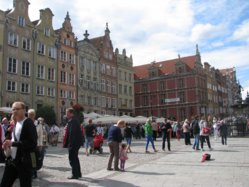
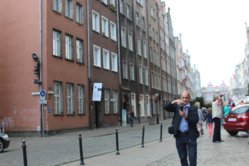
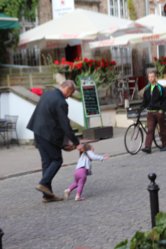


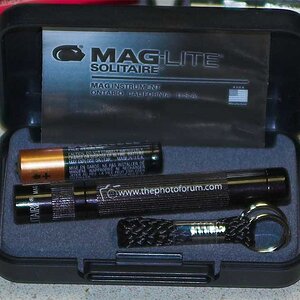
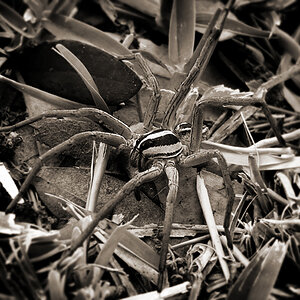
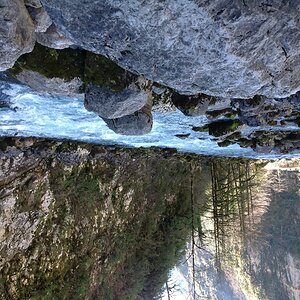

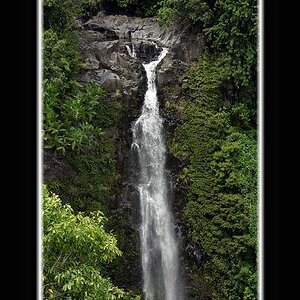
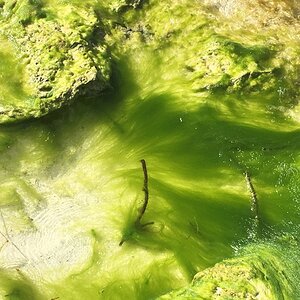
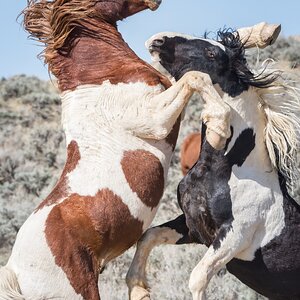
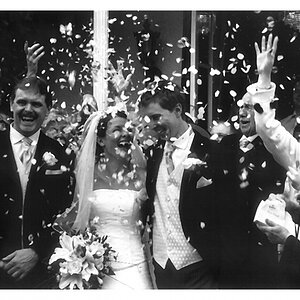
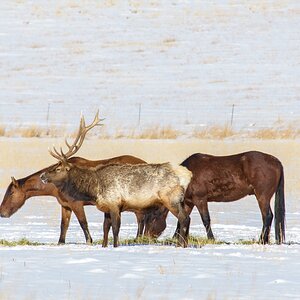

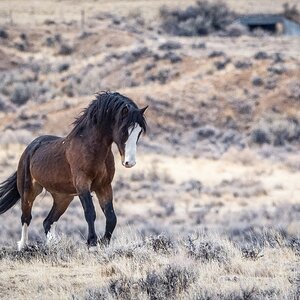
![[No title]](/data/xfmg/thumbnail/35/35872-12704b8c65e1c009d7089ccba367abb6.jpg?1619737198)